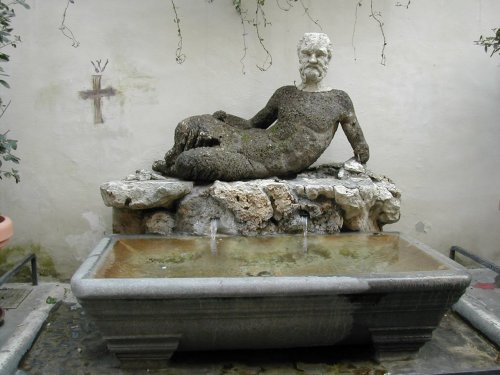
Read in Freud’s Civilization and its discontents
“Now let us make the fantastic supposition that Rome were not a human dwelling-place, but a mental entity with just as long and varied a past history: that is, in which nothing once constructed had perished, and all the earlier stages of development had survived alongside the latest. This would mean that in Rome the palaces of the Caesars were still standing on the Palatine and the Septizonium of Septimius Severus was still towering to its old height; that the beautiful statues were still standing in the colonnade of the Castle of St. Angelo, as they were up to its siege by the Goths, and so on. But more still: where the Palazzo Caffarelli stands there would also be, without this being removed, the Temple of Jupiter Capitolinus, not merely in its latest form, moreover, as the Romans of the Caesars saw it, but also in its earliest shape, when it still wore an Etruscan design and was adorned with terra-cotta antifixae. Where the Coliseum stands now, we could at the same time admire Nero?s Golden House; on the Piazza of the Pantheon we should find out only the Pantheon of today as bequeathed to us by Hadrian, but on the same site also Agrippa?s original edifice; indeed, the same ground would support the church of Santa Maria sopra Mi-nerva and the old temple over which it was built. And the observer would need merely to shift the focus of his eyes, perhaps, or change his position, in order to call up a view of either the one or the other.”
Why do I blog this? Writing an essay for a new media art exhibit about location-based services and its influence on the urban environment, I was fascinated by this quote from Sigmund Freud. It seems to be an interesting quote to discuss problems related to what Adam Greenfield called the “Long here” (i.e. the persistently retrievable history of the things that are done and witnessed there over any place that can specified with lat/long coordinates.)